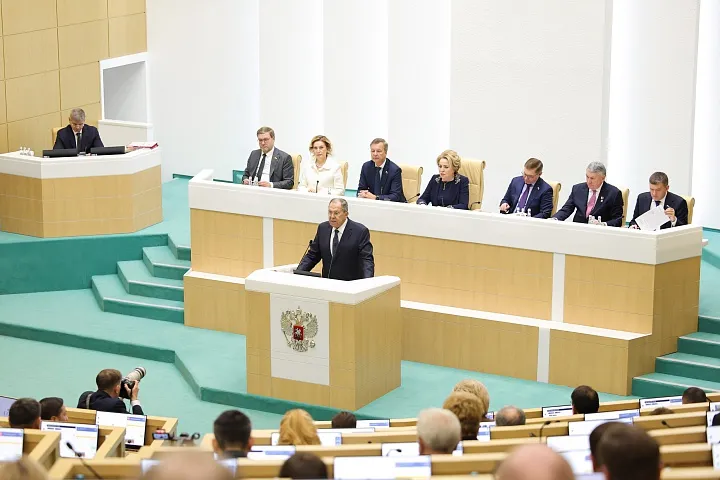Will Brazil Join China’s Belt and Road Initiative? Will construction of a transcontinental ("bioceanic") railway be announced after Presidents Lula da Silva and Xi Jinping meet this Wednesday, Nov. 20? The answers to both questions are still up in the air, although Brazilian government official statements lean towards Brazil going for increasing “synergy” between Brazil’s re-industrialization plans and the BRI, rather than formally joining. Asked about the BRI in his Nov. 13 briefing on Xi’s visit, Brazilian Foreign Ministry Asia-Pacific Affairs Secretary Eduardo Saboia coyly answered that discussing Brazil joining “is not taboo,” nor will it be “a spoiler.”
Brazil wants more Chinese investment in its domestic industry and infrastructure, but also big on its agenda is Chinese assistance with Brazil’s proposed five “South American Integration Routes,” a plan for increasing connectivity within South America by upgrading existing and building new road, rail and other infrastructure routes between Brazil and its 10 neighboring countries. The second of routes is a high priority for the Brazilian Planning Ministry; that one would link Brazil with Peru’s newly-inaugurated Chancay Port.
Brazil has “high expectations that Beijing-based China Communications Construction Co., or CCCC, will join auctions for the construction of highways and later railroads, according to an official in Brasilia,” Bloomberg reported in a long, nervous article Nov. 13 on what will come out of the Xi-Lula meeting. Bloomberg cites Planning Minister Simone Tebet on Brazil’s ongoing “geo-economic shift” towards the Pacific, not just to China, but also to Vietnam, Indonesia, Korea and Bangladesh. For Brazil, an Atlantic Ocean nation, to do so efficiently and cheaply requires regional integration, which in turn requires outside investment and expertise, and for that, “China is the only game in town,” Bloomberg writes. Tebet is quoted: “I’ve been to Washington. They have interest in sanitation, in green infrastructure,” but few other investments. In her view, “China-Brazil relations are `mature enough’ to meet each other’s interests, regardless of Belt and Road membership. China `needs cheaper food and Brazil is able to provide it. If you have railroads, you get there faster and cheaper.’”
Brazil’s financial establishment and media (O Globo, O Estado de São Paulo, etc.) have done their best to head off such serious development projects with China, publishing threatening editorials warning that the risk of “problems” with the U.S. is too great for Brazil to safely increase its (already enormous) economic ties with China, and especially not through great projects like the Bioceanic railway which would transform the entire South American economy.
However, gung-ho backing inside Brazil for the Bioceanic rail has been equally vocal. A delegation of businessmen and state officials from the state of Acre, who have been urging for the Bioceanic to be built, traveled to Peru for the inauguration of the Chancay Port. The Governor of Amazonas and officials and businessmen from Manaus have been pressing for the Bioceanic. Last week, Revista Sociedad Militar published an enthusiastic article, “Com investimento revolucionário de R$ 581 bilhões, a Ferrovia Transoceânica avança a todo vapor e está prestes a transformar o comércio entre a América do Sul e a Ásia,” on how the Bioceanic rail would “revolutionize” not just Brazil’s but also South America’s trade with Asia. While the journal is not an official outlet of the Brazilian military, its editorial staff comes largely from the military, demonstrating that there is a current within the military also which sees this project as vital.


